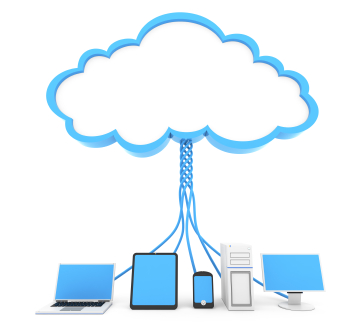Defining Tomorrow's Network: Are You Prepared?
By: Brink Sanders

Digital transformation is turning out to be a double-edged sword for businesses across the world.
There is no doubt about its positive impact. From improving productivity and efficiency and reducing costs, to boosting innovation and even opening new markets, the adoption of technology is helping businesses to unlock growth like never before.
However, it is also presenting new challenges, especially for those managing the IT infrastructure.
While digital transformation has taken on many different forms, there are some common threads that help to explain the critical new challenges that IT organizations face in delivering on the needs of their users in today’s world.
Perhaps most importantly, the early successes of digital transformation set a new bar for user experience. Uber and Amazon top the list, but there is a long list of others that have created an expectation for all of us that we can get what we want, when and where we want it. And we can do so through software that is intuitive, easy to use and available on any device. Wow, what a bar. And once that bar was set, all that expectation of the consumer experience was promptly placed on IT.
The emergence of the cloud played a big role in delivering on these new experiences. It drove new expectations for speed and agility supported by the automation that new cloud environments demanded. Start-ups could get quick and easy access to nearly limitless capacity of compute to crunch massive amounts of data to derive insights and deliver recommendations. With this speed and power, the market was able to deliver broadly on the “what we want” and the “when we want” (and, implicitly, as fast as we want) parts with ease. The cloud environment brought horizontal scale as well, enabling the delivery of a great experience by getting close to the user anywhere in the world, to any device.
Armed with cloud as a big part of the answer and a rapidly growing set of expectations among their users, many companies jumped on the digital transformation bandwagon and started to explore how they, too, could deliver more insight, better experience, anywhere, anytime and as quickly as possible.
What Changed?
Much of the early push for digitization landed on the data center. Or, more precisely, on the application and data center teams to deal with these new challenges of how to deliver the right applications, with the right experience (intuitive, high performance, etc.) leveraging the best that the private cloud (company data center) or public cloud could offer.
As with any market transition, the primary driver is only the beginning: as the application and data center challenges were solved, key new challenges for IT emerged.





















